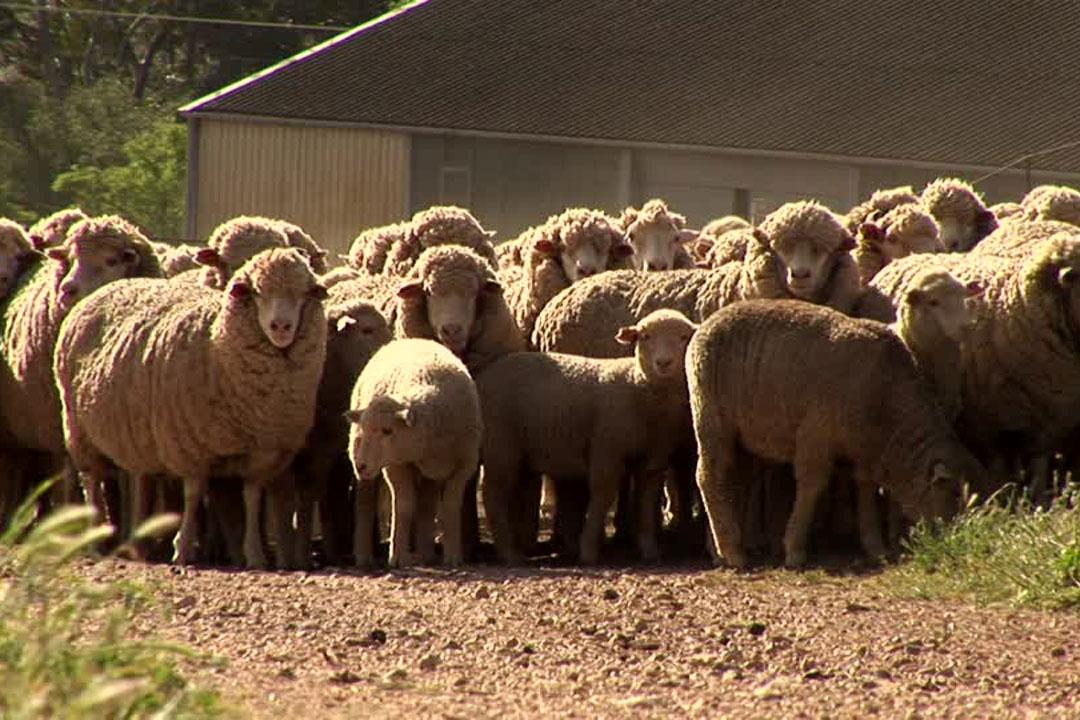
Sheep production is an important aspect of the agricultural industry, and there are several factors to consider when managing a sheep flock. In this guide, we will discuss the common sheep breeds, breeding management, mating, lambing, general sheep management, sheep nutrition, housing and handling facilities, sheep fencing, marketing, grading, and dressing percentage.
Common Sheep Breeds:
There are several common sheep breeds, including:
- Mutton Blackhead Persia
- Dorper
- Wiltiper
- Sabi Indigenous Mutton
- Corriodale Dual Purpose
- S.A. Mutton Merino
- Dohne Merino
- Suffolk (Specialised Cross-breeds)
- Dorset Horn (Specialised Cross-breeds)
- Witshire Horn (Specialised Cross-breeds)
Breed Weights:
The mature ewe live weight and mature ram live weight differ from breed to breed. Below is a list of some breed weights:
- Wiltiper: Mature ewe live weight – 65 kg, Mature ram live weight – 90 kg
- Dorper: Mature ewe live weight – 80 kg, Mature ram live weight – 120 kg
- Mutton Merino: Mature ewe live weight – 75 kg, Mature ram live weight – 120 kg
- Corriedale: Mature ewe live weight – 70 kg, Mature ram live weight – 110 kg
Breeding Management:
Breeding management is an essential part of sheep production, and farmers should consider the following:
- Ewes: Ewes reach puberty between 4-6 months (at 16-27 kgs). The mating time for ewes is 15-18 months (12 months in controlled breeding), and their productive period is up to eight years. Ewes should be culled at six years of age.
- Rams: Rams reach breeding age between 18-24 months, and they should be culled at seven years (or earlier if unproductive). The recommended ram to ewe ratio is 1:50.
Mating:
Mating is an important aspect of sheep production, and farmers should consider the following:
- Leave rams with ewes for 6-8 weeks.
- The gestation period for sheep is 144-152 days.
Lambing:
Lambing is an essential part of sheep production, and farmers should consider the following:
- Bad management leads to the loss of up to 20% of lambs born.
- At lambing, ensure hygienic conditions to avoid the spread of infection. Treat ewes with antibiotics as a precaution against infection.
- Ensure lambs get colostrum within the first few hours of birth. Cow colostrum can be used for orphaned lambs or to ensure twin lambs get enough.
- Keep lambs indoors for a day or two if conditions are cold or wet.
- Dispose of orphaned lambs immediately if they cannot be easily reared or if a foster mother cannot be found.
- Provide good shelter for the lambs and ewes.
General Sheep Management:
General sheep management is an important aspect of sheep production, and farmers should consider the following:
- Castration: Castration should be done at 3-4 weeks, in cool weather (max. hygiene essential). Use the elastrator method within two days of birth. Castration is not essential as ram lambs are sold before eight months of age.
- Docking: All wool sheep should be docked.
- Hoof trimming: Should be done to animals kept under very intensive systems where they have limited walking.
Transportation and Marketing
Once the sheep are ready for market, it is important to handle them properly to minimize stress and reduce the risk of injury. Sheep should be loaded and transported in clean, well-ventilated vehicles that are appropriate for the size and number of animals being transported. It is important to avoid overcrowding and to provide adequate space, ventilation, and access to water during transport.
Marketing can take place through various channels, including informal markets, private abattoirs and butcheries, community abattoirs, and private slaughters. It is important to choose a market that is reliable and provides fair prices for your sheep. Some markets may require certification, such as certification for organic or halal products, so it is important to be aware of any certification requirements for the market you plan to sell to.
Conclusion
Sheep production can be a profitable venture when managed properly. It is important to choose the right breed, provide good nutrition and health care, and manage breeding and lambing effectively. Proper handling, transportation, and marketing can also help ensure success in sheep production. With careful planning and management, sheep production can be a sustainable and rewarding business for small-scale and large-scale farmers alike


















